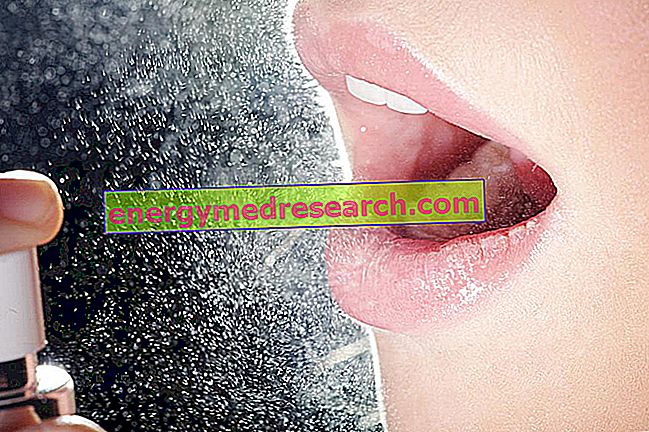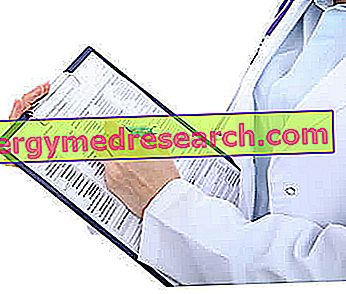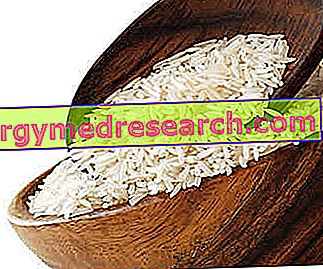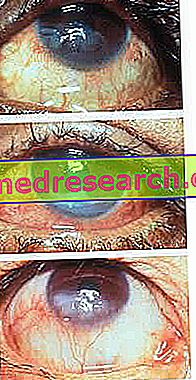
The natural aging process, some systemic diseases (eg Sjogren's syndrome), certain radiotherapy interventions and the intake of particular drugs, can determine a marked reduction of salivation, generating problems of oral dryness and an increased incidence of dental pathologies.
Numerous local agents are available for the treatment of dry mouth (called xerostomia). Among these, some stimulate the function of the residual salivary glands (scialagogues), while others act as real saliva substitutes . For example, a simple chewing-gum is able to significantly increase the production of saliva, also exerting an antibacterial and pH-balancing action if it contains substances such as xylitol and chlorhexidine. There are also systemic drugs, such as pilocarpine, capable of stimulating the production of saliva. However, when the number of functioning salivary glands is greatly reduced, all these stimulating products are ineffective. In this case the use of saliva substitutes becomes particularly indicated.
Modern saliva substitutes are water-based products containing substances - such as hydroxymethylcellulose, carboxymethylcellulose and electrolytes - capable of reproducing the consistency and lubricating action of saliva; the latter, however, also contains antibacterial substances, such as lysozyme, so that when possible scialagogues are generally preferred.
Saliva substitutes generally occur in the form of nebulizers or rinsing solutions. They are considered palliatives of limited effectiveness and require different daily administrations (at least three or four). As an alternative to these products, the habit of sipping water frequently, both during meals and during the rest of the day, certainly has a beneficial effect. Compared to water, we have seen how the relief given by the wetting action of the saliva substitutes has about a double duration.



